Berkshire Products, Cleaning & Disinfection, Knowledge Base
Most Common Cleanroom Disinfectants, Bactericides, Fungicides, Virucides, and Sporicides.
Choosing the appropriate cleanroom cleaning solutions is of utmost importance. It is vital to determine which products can meet your cleanroom standards and adhere to regulations. Depending on the materials, types of cleanrooms, and stages of the cleaning process, different solutions may be needed. It is crucial to note that cleaning and disinfecting are not interchangeable terms. Both are essential and require unique cleanroom cleaning solutions.
Cleanroom Grade Alcohol
Isopropyl Alcohol (IPA) is a widely used solution for maintaining hygiene and disinfecting surfaces. Isopropyl Alcohol, with a concentration of 70%, is a popular disinfectant that effectively reduces bacteria and viruses but may not be effective against spores. For disinfection purposes, alcohols like isopropyl and ethyl variations are commonly used. It is essential to mix the alcohol with deionized water or water for injection (WFI) to ensure effective virucidal properties.
Bleach
Sodium hypochlorite, commonly known as bleach, is a potent and affordable biocide that can eliminate almost all types of microorganisms, including fungal spores. It is widely used in various industries, including healthcare and production, at concentrations ranging from 0.05% to 6%. However, its stability is affected by trace metals, other contaminants, and exposure to sunlight. Combined with acidic substances like other cleaners or ammonia, it can produce dangerous chlorine gas. Therefore, taking necessary precautions, such as using proper protective equipment and ensuring adequate ventilation, is important when using bleach. See How and When to Use Bleach in Cleanroom Cleaning
Hydrogen peroxide (H2O2)
Hydrogen peroxide is a widely used chemical known for its effectiveness in sterilization and killing spores. One of the main advantages of using hydrogen peroxide is that it breaks down into water and oxygen, leaving no harmful residues. In cleanroom settings, a mixture of hydrogen peroxide and water is commonly used for sterilization through vaporization and cleaning with presaturated wipes. When wiping down a surface in a cleanroom, it’s crucial first to clean it with a detergent, then wipe it with deionized water or alcohol before applying hydrogen peroxide as a disinfectant. This cleaning ensures that the surface is free of any residual soils or detergents that may limit the bactericidal action of the hydrogen peroxide. However, it’s important to note that a final rinse is still necessary to remove any endotoxins that may be present after gram-negative bacteria die, as these can pose significant health risks.
Quaternary Ammonium Disinfectants
A quat-based disinfectant is a type of antimicrobial compound that is odorless, non-staining, and non-corrosive. The term “QUAT” stands for quaternary ammonium compounds, which include various chemicals that can eliminate bacteria, viruses, mold, and fungi. These compounds are commonly found in disinfectants and cleaning products used in hospitals, daycare centers, restaurants, and homes. Quat-based disinfectant cleaners are EPA-registered and less toxic than traditional disinfectants like bleach or phenolics. They are an ideal choice due to their broad-spectrum efficacy, non-toxic formulation, ease of storage and mixing, and short and convenient dwell times.
Hypochlorous Acid (HOCL) Disinfectants
Hypochlorous acid (HOCl) is a disinfectant with a long scientific history and many promising attributes. Surprisingly, it isn’t used to disinfect in every cleanroom cleaning operation. HOCl is easy to use, inexpensive, has a good safety profile, and can quickly disinfect large areas with a broad range of bactericidal and virucidal effects. HOCL is a weak acid formed when chlorine (a gas) dissolves in water. It breaks apart cell membranes, similar to bleach or hydrogen peroxide. Water solutions of HOCl are neutral to slightly acidic. HOCl is very effective at low concentrations, requiring only a tiny amount to kill bacteria, viruses, and specific proteins. It is gentle on surfaces and leaves minimal residue when no additional ingredients are added to the final formula.



















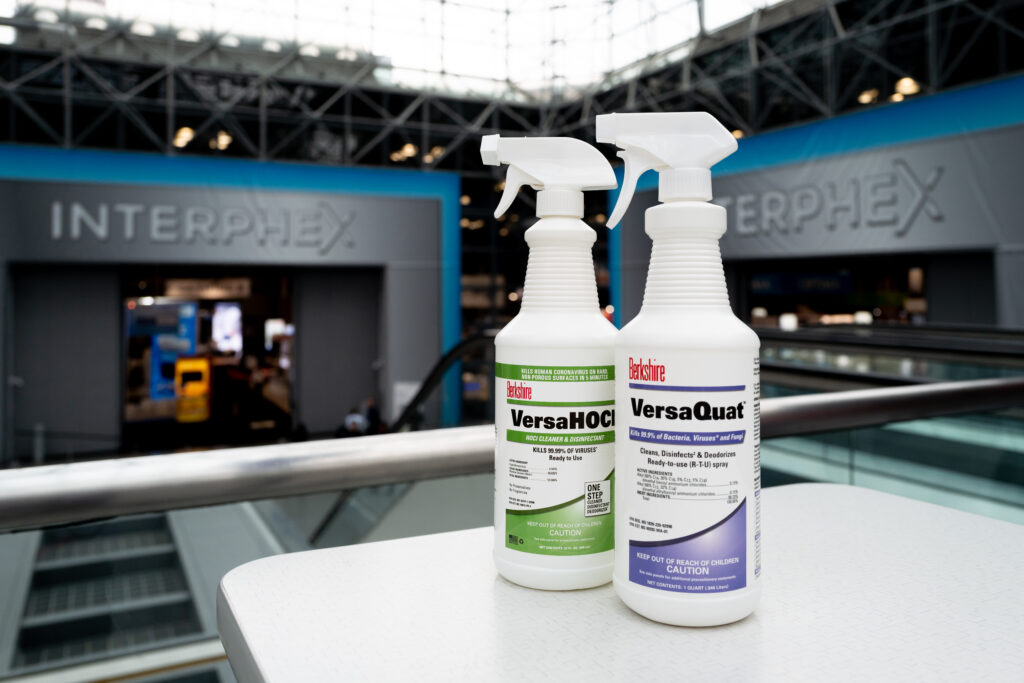

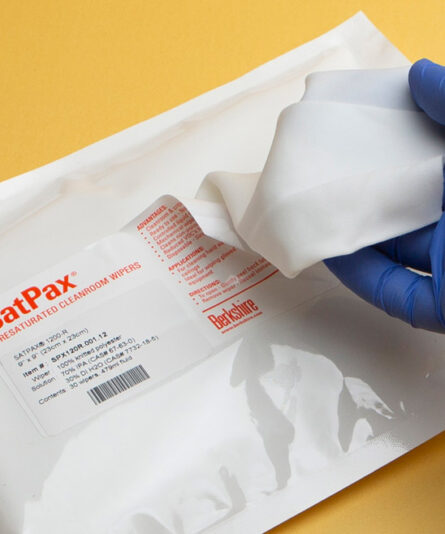

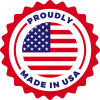

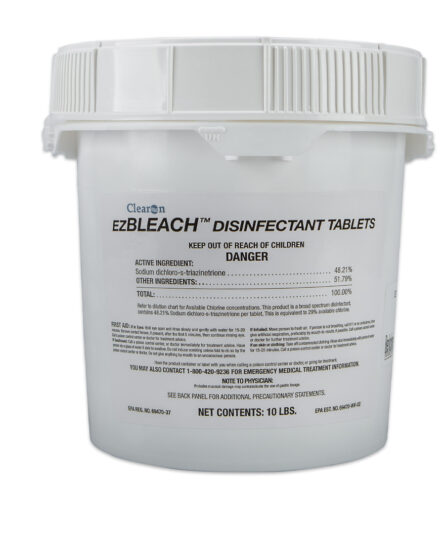


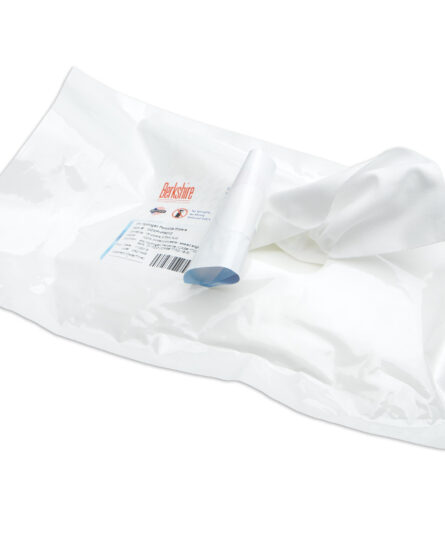

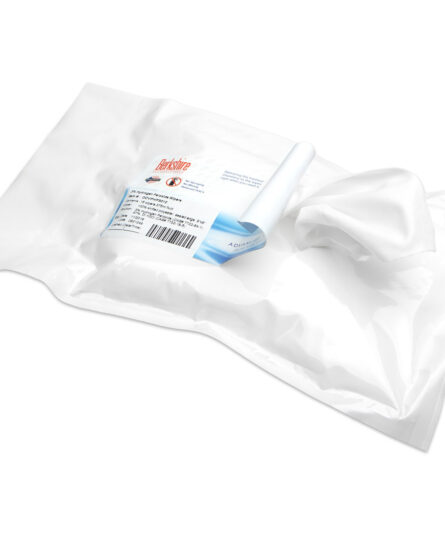

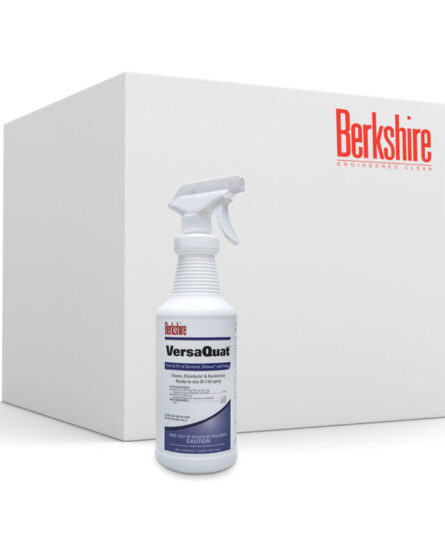
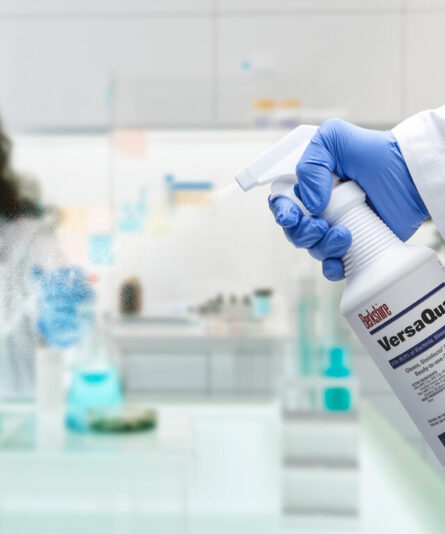

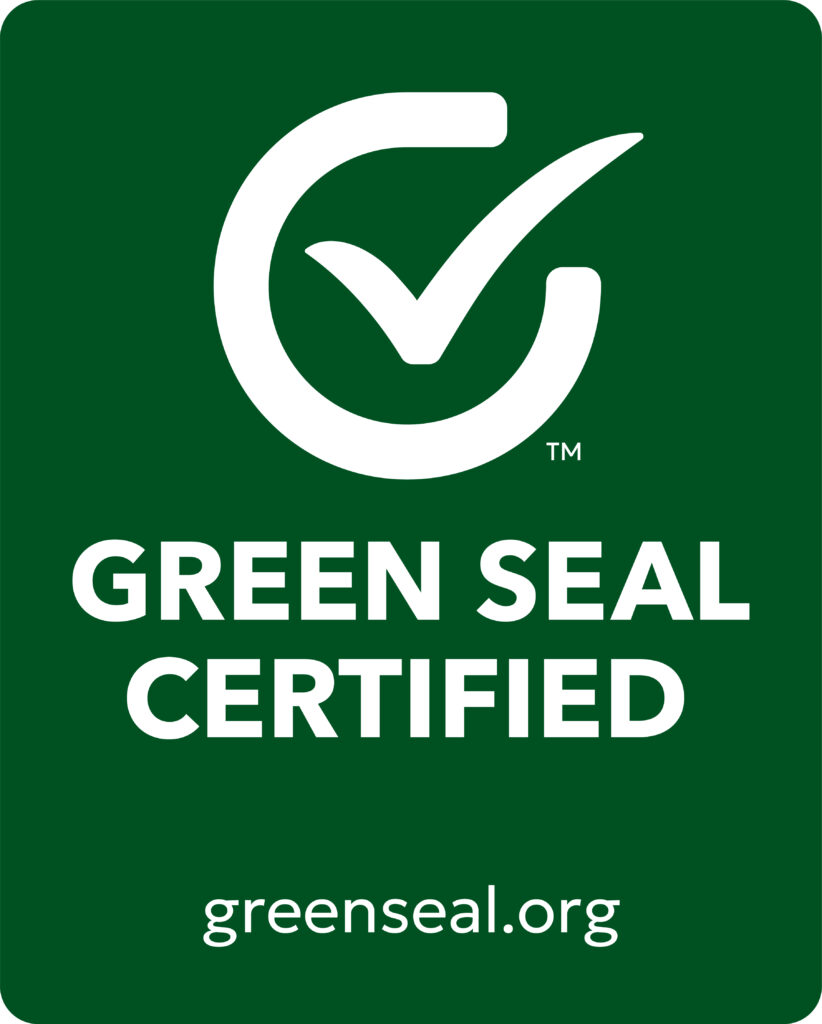


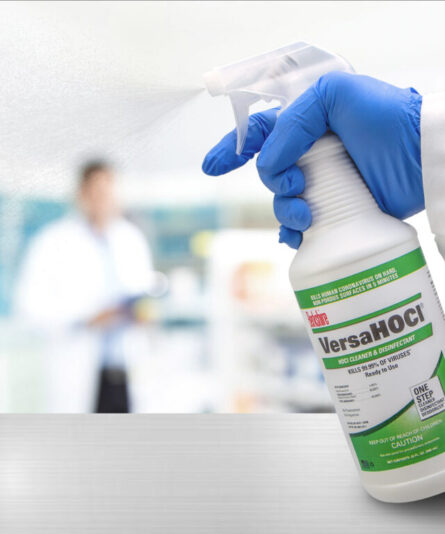


HAVE AN IDEA FOR CONTENT?
We are always looking for ideas and topics to write about.
Contact Us